Did you know that lots of animals have been sent into space?
Animals went into space long before people did. At first, no one knew for sure if humans could even survive space flight. Many wondered what kind of effects space travel would have on human beings. Some even suggested it could possibly bring on insanity.
How would it affect human brains and muscles? Would people be able to make decisions, and then do the correct things based on those decisions? What were the best ways to protect people from things like radiation, extreme heat and cold, and the lack of gravity and oxygen?
These were questions that scientists had to answer before humans could go 'up there.' So, first they sent animals to help them learn the answers. Fruit flies, dogs, and chimpanzees just were some of the animals that became astronauts.
It was their destiny to help us learn how to travel and survive in space. They did their job. They were the first astronauts. It was dogs and monkeys who performed some of the last crucial missions before men and (finally) women were allowed to go.


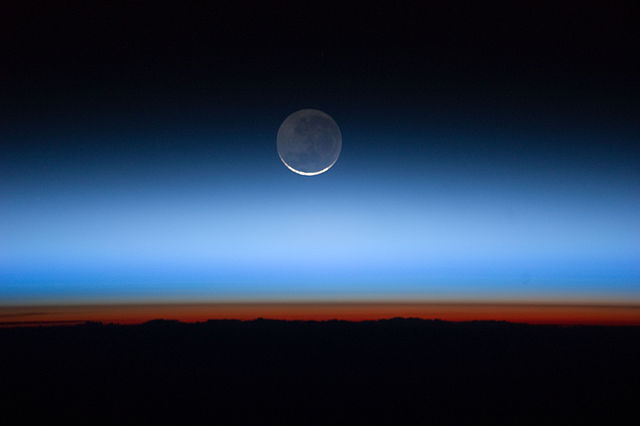
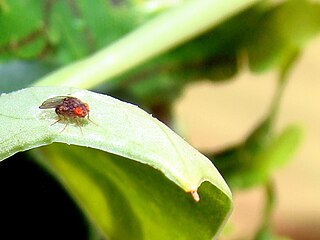
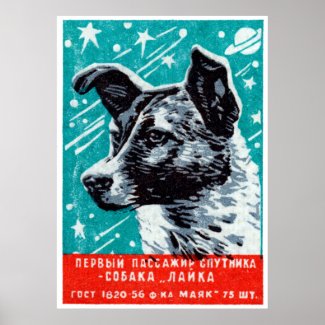




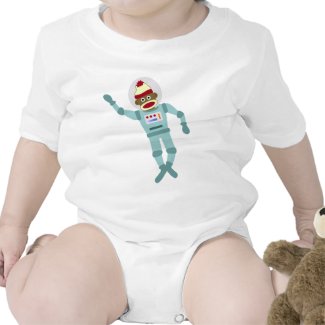
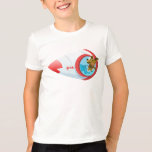
 up to a chimpanzee named Ham to show them.
up to a chimpanzee named Ham to show them. 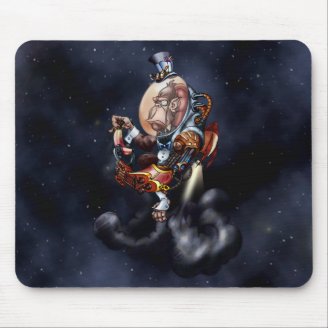




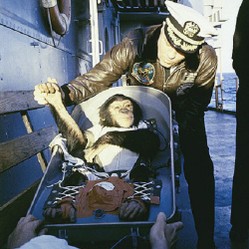

 Gold Heart Locketson 12/30/2015
Gold Heart Locketson 12/30/2015
 Ships and Boats on Electrical Wall Plateson 11/12/2015
Ships and Boats on Electrical Wall Plateson 11/12/2015
 Nautical Jigsaw Puzzles: Ships and the Seaon 11/04/2015
Nautical Jigsaw Puzzles: Ships and the Seaon 11/04/2015
 Tropical Flower Christmas Ornamentson 11/03/2015
Tropical Flower Christmas Ornamentson 11/03/2015

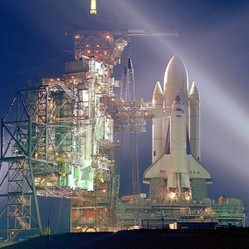

Comments
CruiseReady, Does anyone know what happened to Pushinka? Do we know how space affected silk worms?
Thank you for your kind words, Candy. Those were pretty exciting times,
Love this article! I remember when Sputnik went up and I remember the dogs and AstroChimp. Thanks.